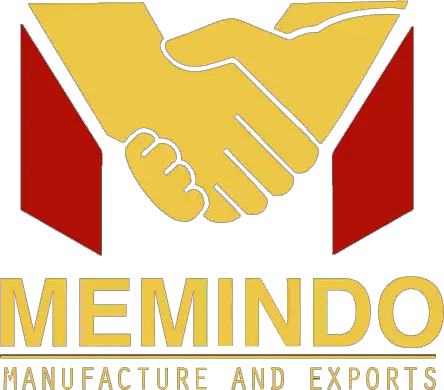
- 🌿 What Is Kapok Fiber?
- 🌱 Why Is Kapok a Great Export Opportunity?
- 🌍 Which Countries Import Kapok Fiber?
- 🚀 How to Start Exporting Kapok Fiber
- ⚠️ Common Challenges and How to Solve Them
🌿 What Is Kapok Fiber?
Have you ever come across a fiber that feels incredibly light, naturally water-resistant, and completely eco-friendly? That’s kapok fiber a silky, fluffy material that grows inside the fruit of the kapok tree (Ceiba pentandra). In Indonesia, many farmers cultivate kapok trees across various regions and have used them for generations to produce pillows and mattresses.
In recent years, global industries have rediscovered the value of kapok. They now use it in diverse products such as pillows, mattresses, winter jackets, car seats, and eco-friendly building insulation.
🌱 Why Is Kapok a Great Export Opportunity?
The As the global market shifts toward more sustainable and eco-conscious solutions, materials like kapok fiber are becoming increasingly relevant. Because it’s biodegradable, chemical-free, and entirely plant-based, kapok serves as a natural alternative to synthetic materials like polyester or foam.
There are several reasons why kapok fiber is drawing interest worldwide:
- It’s naturally lightweight and highly durable
- It repels water without needing any treatment
- It’s allergen-free and decomposes naturally
- It fits perfectly with the growing demand for green and ethical products
Moreover, since Indonesia has abundant kapok resources, this gives the country a strategic advantage to supply international markets sustainably and consistently.
🌍 Which Countries Import Kapok Fiber?
Because of these sustainable qualities, many countries have started importing kapok fiber from Indonesia. This growing interest reflects a global shift in consumer behavior more people are now seeking natural alternatives to synthetic products.
For instance, the United States uses kapok in eco-insulation and textiles, especially in the green construction and fashion industries. Meanwhile, Japan values kapok for its luxurious softness, often using it in premium bedding and pillows.
In India, kapok is used for car seat padding and stuffed toys, showing its practical use in both the automotive and children’s product sectors. At the same time, countries like Germany and the Netherlands are embracing kapok for a wide range of eco-lifestyle products, as part of their broader commitment to sustainability.
Clearly, kapok fiber is no longer just a local commodity it’s becoming part of a global movement toward greener living.
🚀 How to Start Exporting Kapok Fiber
If you’re interested in getting into the kapok export business, here’s a simple roadmap:
- Prepare your product clean, dry, and sort the kapok fiber properly.
- Register your business and export license via OSS and customs in Indonesia.
- Find international buyers through platforms like Alibaba, ExportHub, or LinkedIn.
- Use a freight forwarder to help with shipping and logistics.
- Handle export documents such as invoices, packing lists, and Certificate of Origin (COO).
⚠️ Common Challenges and How to Solve Them
Like any business, exporting kapok comes with its own set of challenges. Some common issues include:
- Inconsistent product quality, especially when collected from different farmers
- Lack of modern equipment for cleaning and drying the fiber
- Limited understanding of export regulations and procedures
However, these problems can be overcome. With the right approach such as providing training for farmers, investing in better machinery, and building partnerships with cooperatives or export facilitators you can improve your product and scale your business effectively.
✅ Conclusion
In summary, kapok fiber offers massive potential as an export product from Indonesia. It’s natural, sustainable, and in high demand across industries that care about eco-friendly innovation.
If you’re looking to start a business that supports the environment while generating profit, kapok fiber could be your next big opportunity. By building a strong supply chain and understanding your export process, you can turn this soft, natural fiber into a powerful source of global growth.
FAQ
What is kapok fiber?
Kapok fiber is a natural, silky-soft material harvested from the seed pods of the Ceiba pentandra tree. Known for its lightweight and buoyant properties, it has been traditionally used in pillows, mattresses, and life vests.
Why is kapok considered a sustainable material?
Kapok grows wild without the need for irrigation, pesticides, or fertilizers, making it one of the most environmentally respectful fibers. The harvesting process involves collecting the fiber from naturally fallen seed pods, ensuring that the trees remain unharmed and the ecosystem is preserved.


1 thought on “Unlocking Potential of Kapok Fiber For Global Market”
Very useful, thank you.